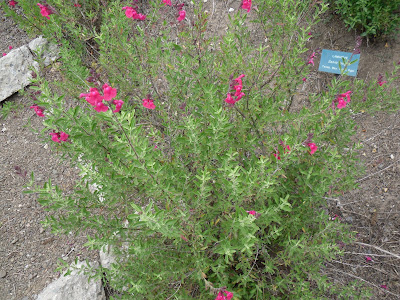Location: Collected from the mountains of Griffith Park along the hiking trail
Nativity: Not native to California (Originally native to Europe & Asia minor)It is a result of extensive hybridizing and selection of certain traits.
Scientific name: Violax wittrockiana
Other names: Pansies
Habitat: This plant likes full sun to partial shade and warm climates. They can endure cooler temperatures as long as it is not too harsh. Their growth is much more efficient and faster when the soil is rich in nutrients.
Habitat: This plant likes full sun to partial shade and warm climates. They can endure cooler temperatures as long as it is not too harsh. Their growth is much more efficient and faster when the soil is rich in nutrients.
Special notes: Pansies are fairly easy to grow and come in a wide variety of colors that include scarlet, orange, a pale yellow, light blue, purple, and white. They are durable and pest free!
Dave's Garden
Floridata.com





























